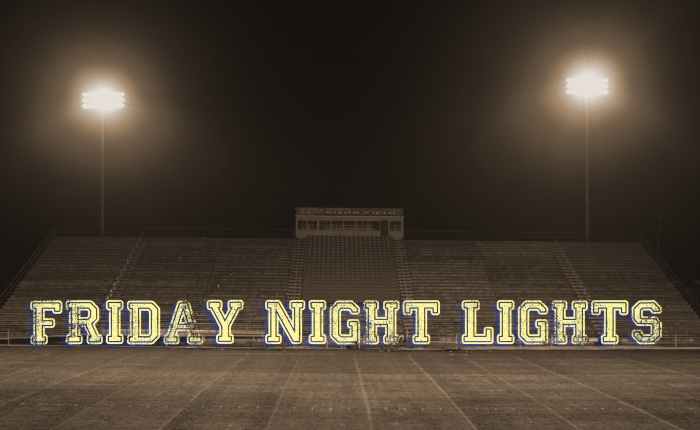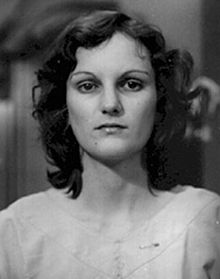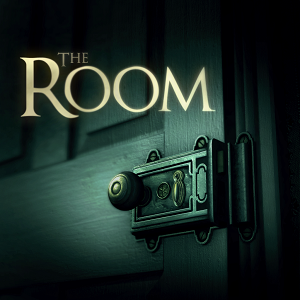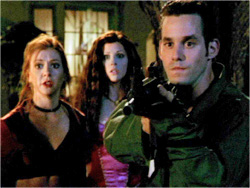Millennials get a bad rap in the media- they are labelled as lazy, lacklustre members of society whose collective vanity and obsessive with the self ruins anything they come into contact with for everyone else (Case in point- AMC considering allowing phone usage in thier cinemas to get young people to start coming to the cinema). However, while most of the Millennials stereotype is either untrue or exaggerated, there is one worrying element of the stereotype that is perpetuated over and over- the notion that the young generations are a generation fuelled by cynicism and mean-spiritedness.
Sitcoms are one of the most popular genres of television with dozens of new shows coming out each year. However, since the late 1990s there has been a marked change in the demeanour of the characters we are expected to tune in to watch. It all started with Seinfeld and FRIENDS, with one being about Woody Allen’s wet dream of four truly horrible neurotics trying to survive in New York while the other is about six friends who appear nice at first but then you realise how goddamn awful they are. That began a downward spiral which has led to two character archtypes you will see in shows aimed at the 90s kids and Millennials (the 16-24 market). This blog will cover the first trope- the unlikable ensemble.
The unlikable ensemble
The much wider and easier to spot archtype is the ‘unlikable ensemble’- a group of core characters so vile that you’re not even sure why you watch the show, except for the sweet release of schadenfreude.
FRIENDS is a prime example of this, with the core group of six comprised of Ross the whiny neurotic serial divorcee, who basically stalks one of his best friends because he thinks they belong together; Monica, Ross’ sociopathic sister who revels in manipulating her friends and family (Case in point: At one point she takes on the job of delivering a speech at her parent’s wedding anniversary for the sole purpose of making everyone cry like her brother’s speeches do); Chandler, Ross’ best friend from who is a serial misogynist (he complains about his lack of luck with women when, at various points in the show, he breaks up with a woman by leaving her half naked and handcuffed in her office); Joey, the dim-witted nymphomaniac who routinely forgets the names of the women he sleeps with and he conducts himself from day to day in a selfish, almost child-like manner; Rachel, the brainless daddy’s girl and the most self-absorbed of the group, and finally, Phoebe, a former mugger and current psychopath who: leaves her fiancée handcuffed to a drain pipe somewhere in New York City; gives her wedding money to a children’s charity and then steals it back and bases how much she likes her friends based on their salaries. Together, they make one of the most popular sitcoms of all time but you can’t look too closely or else you’ll uncover the horrible horrible people the protagonists actually. Oh and FYI, that table they always sit at? They reserve it. If nothing else, they are horrible people because they reserve a table in a coffee.
How I Met Your Mother is a FRIENDS clone if the characters were at Seinfeld levels of horrible. You have Lily, a kindergarten teacher with a heart of darkness who is rude to the children she works with, skips out on her boyfriend of a decade a few months before their wedding to pursue an art program and routinely uses sex as a way to manipulate her husband; then there’s central character Ted, who tells his children the entire story of he met their mother, all in order to see if they approve of him marrying his friend Robyn since his wife has passed; there’s Barney, who is both better and worse than Joey from FRIENDS (While is aghast when he is led to believe that he cannot remember one of his sexual partners, he also keeps a scrapbook of all his sexual encounters and implies that he may have sold one of his partners while abroad). And then there’s Robyn, a sexually manipulative, violent Canadian constantly torn between her disdain of romance and her apparent addiction to being in relationships. There is also Lily’s husband Marshall but he better fits my other archtype. However, over the course of nine seasons we see the gang not only conduct themselves in a self-absorbed and selfish manner, we also see them commit a number of legitimate felonies including: theft, grand larceny, assault and providing alcohol to a minor. There’s even an episode where they spend the whole time trying to list 50 reasons that you might have sex.As previously stated, the characters of How I Met Your Mother are darker version of the ones we saw on FRIENDS.
Finally, we have The League, an FX sitcom about a group of Chicago-based friends and their fantasy football league. The extent to which these characters fit the ‘unlikable ensemble’ trope is so great that they have little character development beyond the core ensemble. These people should not be friends and take every opportunity to punish, humiliate or one-up each other, be it sending a friend to a fancy restaurant in order to shoot a porno in his house as ‘punishment’ for coming last in the previous season’s fantasy league or causing the new boyfriend of one group member’s ex-wife to suffer a heart attack. At an individual level, one member of the group uses his Jewish heritage to try to get his son into a Jewish pre-school, mere days after wantonly spray-painting a swastika onto a pothole outside his house while another member of the group, who is a plastic surgeon, breaks his doctor-patient confidentiality after possible opportunity he gets. The characters of The League are so horrible, the show is near unwatchable at times and anything vaguely redeeming feels hollow or forced.
Come back tomorrow for part two- the Innocence is Bliss trope. In the meantime, check out my other work and leave some of your major examples of the unlikable ensemble in the comments below!




















